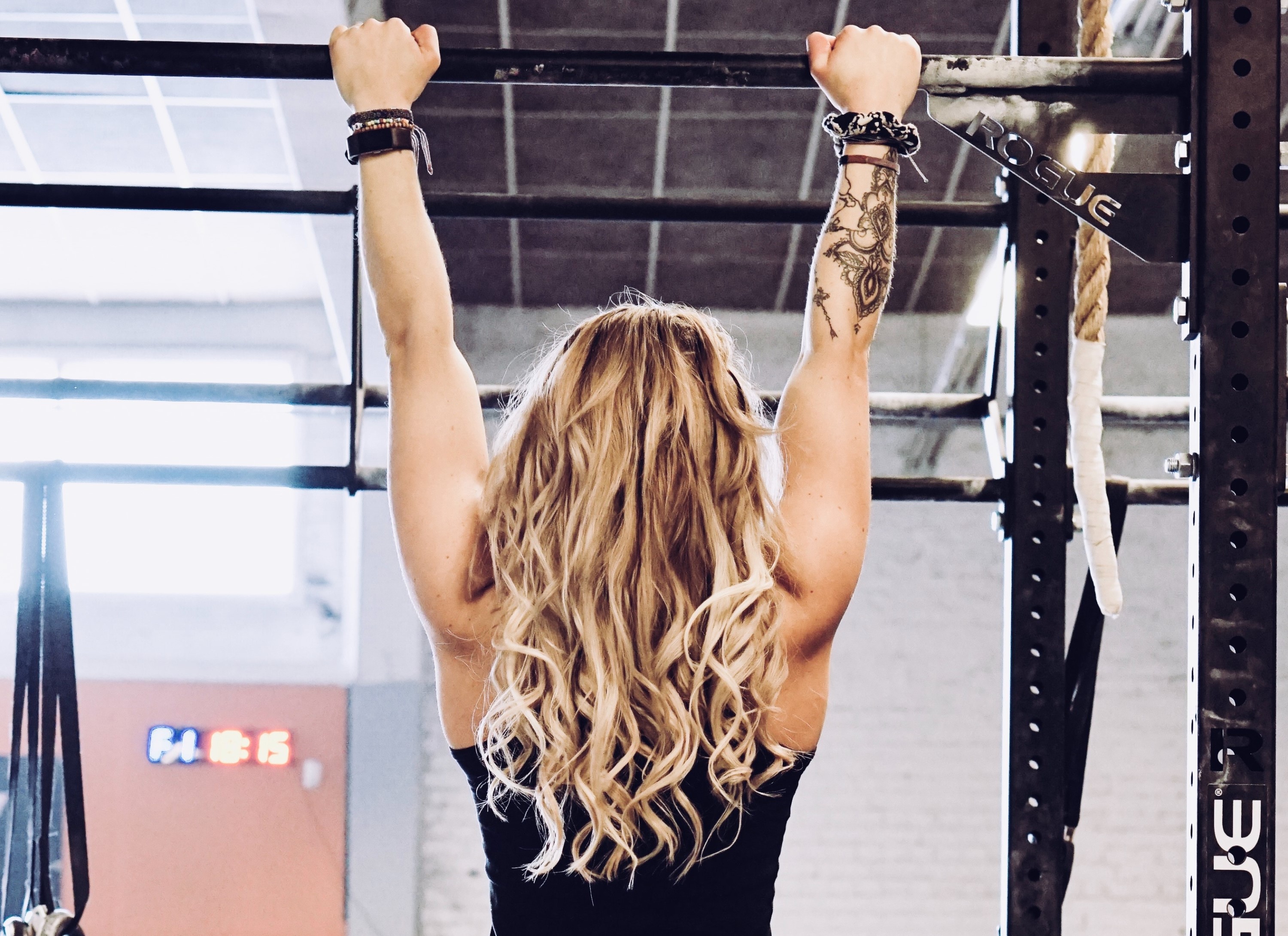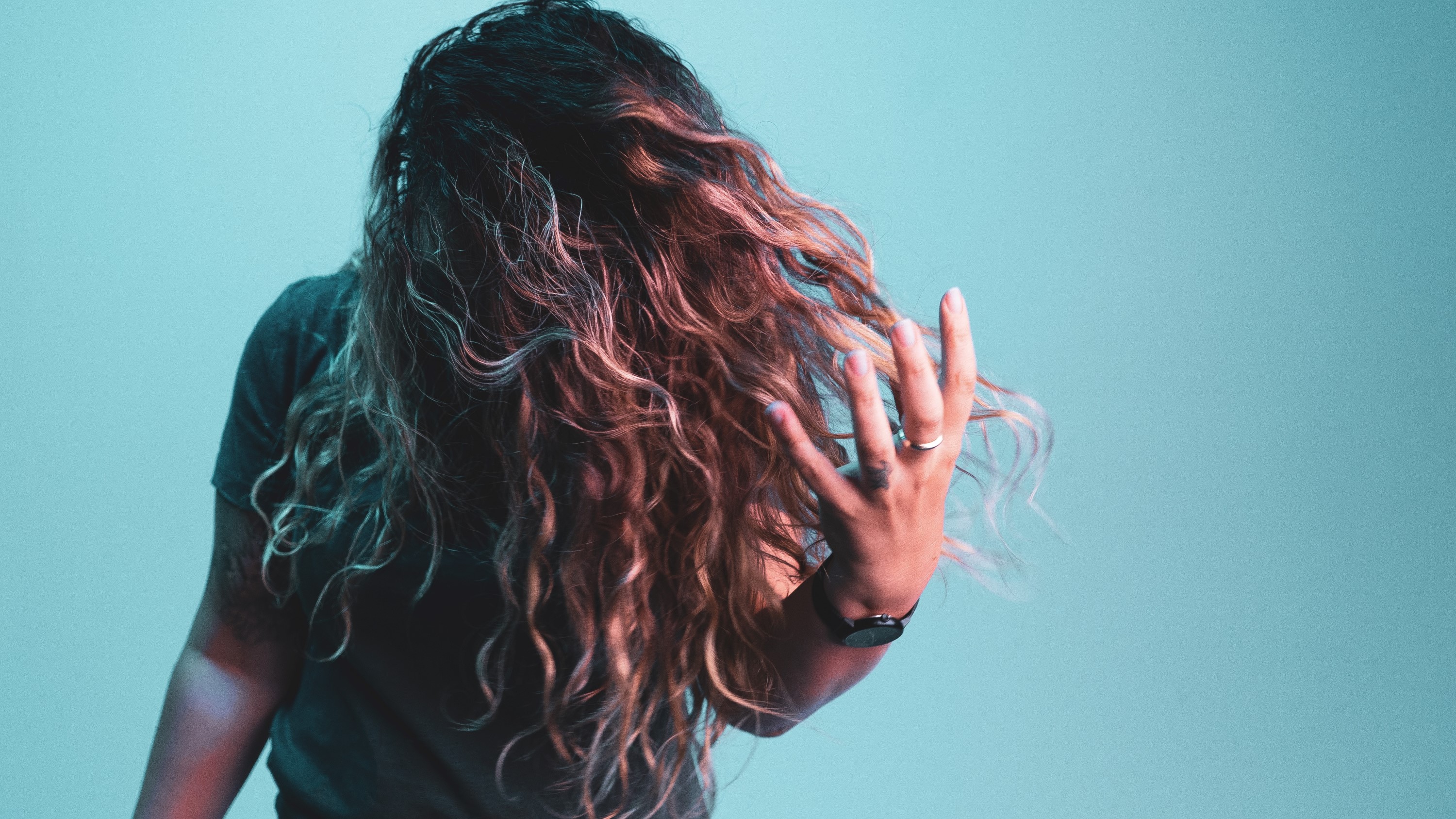-
- PRODUCT TYPE
- Shampoo
- Conditioner
- Treatments
- Stylers & Finishers
- Colour
- View All
TYPES OF CURLY HAIR
From kinks to coils and everything in between, curly hair’s much more than just a label - and knowing which type you have will influence how you take care of your hair.
Understanding and knowing how to nourish and define your curls comes in two parts – the first is knowing which curly hair products are right for you, and the second is knowing how to care for curly hair to keep your strands healthy and frizz-free.
How is curly hair different from straight hair?
Straight hair – especially straight, fine hair – can be prone to greasiness as the oils from the scalp can easily travel down the hair shaft.
The structure of curly hair means that these scalp oils can’t travel down the hair as easily, which means you can go for longer without washing your hair, but it can be prone to dryness and breakage.
However, the amount of hydration curly hair needs can vary. Someone with wavy hair could find products for coily hair will weigh their hair down, and someone with tight curls might find products for wavy hair aren’t enough to keep their hair healthy.
What’s the difference between wavy hair and curly hair?
As a rule of thumb, there’s one major difference between the two hair types - curly hair naturally falls into a shape that makes a full 360 degree spiral, forming a complete circle where it twists. Wavy hair naturally forms more of an S shape, with a relaxed curl that goes from side to side.
What are the natural curly hair types?
Curly hair is split into three types:
Within these three types, there are three subtypes - A,B and C - based on your curls’ shape, texture and diameter.
Your hair may closely resemble one curl type, but you may also find that you may have a combination of two or more curl types - especially if you take a look at the strands framing your face and compare them to the strands at the back of your head. Adjust your product regime to cater for different textures; for example, if you have a patch of dry, stressed hair, spend more time conditioning it and be gentler when you’re styling that spot.

Type 2 Curls:
Type 2 is where the curly spectrum starts – and these types of curls range from flowing waves with a hint of volume to defined s-pattern waves that almost form complete curls. Type 2 curls often start to show further down the hair strand, and they typically don’t get too greasy – or too dry – in between washes.
Type 2A curls
This subtle curl type is a barely-there beachy wave with just a hint of curl. It sits close to the scalp and can easily be straightened, or you can add volume by using a texturising spray.
Type 2A hair doesn’t do well with heavy styling products, as it is often fine in texture - our Air Dry Waves styling foam is the perfect product to enhance waves without heat, and it leaves hair soft and smooth with a lightweight, tousled style.

Type 2B curls
Type 2B curls are commonly known as ‘wavy hair’ - it’s not quite curly, yet not straight. Curls are gently more pronounced and defined – they begin to form a few inches away from the root, and you can achieve beach waves without using any styling tools.
These types of curls follow a gentle S-pattern and may be more prone to frizz, so invest in a lightweight serum to boost shine and define strands.

Type 2C curls
Type 2C has defined waves that start at the root, with increased body and volume. It normally features a mix of deep S-pattern waves and looser curls, and it can be tricky to straighten. It’s a manageable kind of curl but can turn frizzy more easily – however, each strand still has a smooth texture.

Type 3 Curls:
Type 3 curls are when hair moves beyond wavy and begins to form defined ringlet curls – these can range from relaxed, voluminous loops to super-bouncy corkscrew curls. These curls tend to have a more open cuticle, so oil from the scalp can’t travel down the hair shaft as easily – meaning they can be prone to dryness and frizz without proper care.
Type 3A curls
These well-defined stretched spirals are where waves transform into curls. 3A curls are normally around 4-5 cm in diameter, soft to the touch, and start to take shape at the crown. The curl itself is wider and looser than other ringlet curls, and you can straighten this curl type – but it may be a lengthy task. Use a curl-reviving mousse in between washes to keep your curl shape, moisturise and define your curls.

Type 3B curls
Sultry, glamorous and stylish, 3A curls are often large, loose corkscrews and the ringlet size is about 2 – 3 cm. They’re voluminous and full, creating body by bouncing off each other, so you won’t need to boost your curls. However, they are vulnerable to breakage and frizz if you don’t use a serum or protective hair oil to maintain hydration and slip.

Type 3C curls
These tightly-packed springs can range from precisely-defined ringlets to loose helixes, and they vary in circumference from a drinking straw to the average pencil. Strands are tightly-packed and will hold onto their s or z-pattern shape when stretched out – these thick curls also packed with volume and texture, so they’re great for creating a look with serious impact.
Stick to sulphate-free shampoo on wash days and use a deep conditioner to keep your coils looking their best.

Type 4 Curls:
This hair type tends to have either a compact, coiled zigzag pattern that doesn’t twist around itself, or tightly-held s-pattern curls - however, Type 4 curls can be a mix of the two. This type of curly hair has densely-packed kinks and curls, and is all you need for show-stopping volume.
Type 4A curls
4A hair tends to be made up of tight corkscrews that are around the diameter of a knitting needle. Using a shampoo for curly hair and conditioner for curls adds moisture, nourishment and helps prevent dryness, which can lead to breakage. Top tip – use a clean cotton t-shirt to dry your hair, as excessive rubbing can misalign your curls and cause breakage.

Type 4B curls
These ultra-compressed curls are characterised by their z-pattern, and they’re often seen with compressed s-pattern coils. If you’ve got a 4B hair type, you may find your hair tolerates a variety of haircare products. Use a nourishing deep conditioner in between washes and apply a few pumps of hair oil whenever you need to to add slip, shine and softness.

Type 4C curls
4C curls are similar in shape and texture to 4B hair, but these tightly-coiled strands have an even tighter zig-zag pattern and can be more fragile than other Type 4 curls. It’s the kinkiest, coiliest type of hair – sometimes the curl pattern is so tight that you may not be able to see individual strands without gently stretching a single hair out.
4C hair is versatile and lends itself to several natural hairstyles – don’t forget to use hydrating products daily to replenish moisture and protect against frizz.




